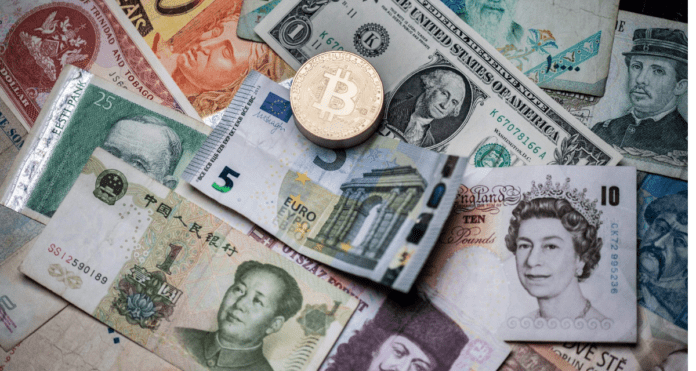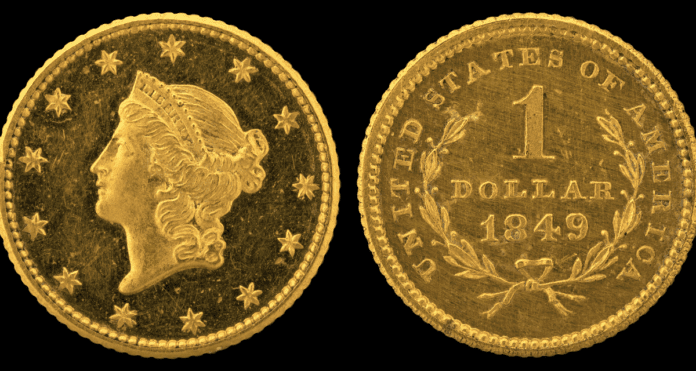How Much Is a Buffalo Nickel Worth? Let’s Find Out!
Buffalo Nickels, also known as Indian Head Nickels, were minted from 1913 to 1938. These iconic coins feature a profile of a Native American chief on the obverse and a majestic American bison on the reverse. To determine the value of a Buffalo Nickel, several factors come into play. Let’s explore them in detail.
Factors Affecting the Value of a Buffalo Nickel
When assessing the worth of a Buffalo Nickel, several factors influence its value. Let’s take a closer look at these factors:
1. Date and Mint Mark
The date and mint mark of a Buffalo Nickel greatly impact its value. Certain years and mint marks are rarer than others, making those particular coins more valuable to collectors. For example, the 1913-S Type 2 Buffalo Nickel with the raised ground variety can be worth significantly more than other regular issues.
2. Condition or Grade
The condition or grade of a Buffalo Nickel plays a crucial role in determining its value. Coins in better condition tend to be more sought after and command higher prices. The condition is typically graded on a scale from Poor (P-1) to Mint State (MS-70), with the latter being the highest grade.
3. Rarity
As with any collectible item, rarity plays a significant role in determining the value of a Buffalo Nickel. Low-mintage years or coins with specific mint marks that were produced in limited quantities tend to be more valuable due to their scarcity. Rarity often drives collectors to pay a premium for these coins.
4. Variety
Varieties within the Buffalo Nickel series can also impact their worth. Varieties may include differences in the design, placement of mint marks, or other distinctive characteristics. Collectors often seek out these unique varieties, leading to increased demand and higher values.
5. Historical Significance
Buffalo Nickels hold historical significance as they were minted during a period of immense change and transition in the United States. The design elements, featuring Native American and American bison motifs, resonate with collectors and history enthusiasts alike. Coins with a captivating backstory or cultural relevance may fetch higher prices.
6. Demand and Market Conditions
Finally, the overall demand for Buffalo Nickels and the prevailing market conditions can influence their value. If a particular coin becomes highly sought after or if the market experiences increased interest in numismatics, prices may rise. Conversely, if the market is saturated or there is a decrease in demand, prices may decline.
Now that we understand the factors affecting the value of Buffalo Nickels, let’s explore their worth in more detail.
The Value of Buffalo Nickels: A Comprehensive Analysis
Determining the exact value of a Buffalo Nickel can be a complex task due to the numerous factors involved. However, by examining historical pricing data, auction results, and expert opinions, we can get a general idea of their worth. Please note that the values mentioned are approximations and can vary based on individual coin characteristics and market fluctuations.

Common Buffalo Nickels (Dates: 1913-1938)
Common date Buffalo Nickels, those with no significant variations or mint marks, generally range in value from $1 to $15 in circulated condition (grades Good to Very Fine). Coins in better condition (grades Extremely Fine to Mint State) can command prices of $20 to $50 or more.
Example: 1920 Buffalo Nickel
As an illustration, a 1920 Buffalo Nickel in Very Fine condition may be worth around $8, while the same coin in Mint State-65 condition could have a value of approximately $40. Remember, these values are just estimates and can vary depending on the individual coin’s characteristics.
Scarce and Rare Buffalo Nickels
Certain Buffalo Nickels are considered scarce or rare due to low mintage numbers or specific mint marks. These coins often command higher prices and are sought after by serious collectors. Let’s explore some notable examples:
1. 1913-S Type 2 Buffalo Nickel
The 1913-S Type 2 Buffalo Nickel is a highly sought-after coin due to its unique design variation. This coin features a raised ground on the reverse, making it distinct from the regular issues. In Good condition, this coin can be valued around $200, while an Extremely Fine specimen can reach prices of $2,000 or more.
2. 1916 Doubled Die Obverse Buffalo Nickel
The 1916 Doubled Die Obverse Buffalo Nickel is another notable rarity. This coin exhibits doubling on the obverse design, particularly noticeable on the date and the profile of the Native American chief. In Good condition, this coin can be valued around $250, while an Extremely Fine specimen can reach prices of $2,500 or more.
Conclusion
In conclusion, the value of a Buffalo Nickel can vary widely depending on factors such as date, mint mark, condition, rarity, and demand. While common date Buffalo Nickels may range from $1 to $50, rare varieties and key dates can command prices in the hundreds or even thousands of dollars. It’s essential to consider the expertise of numismatic professionals, consult reputable resources, and stay updated on market trends to accurately assess the value of your Buffalo Nickel collection.
Whether you’re a collector, history enthusiast, or simply intrigued by the world of numismatics, exploring the value of Buffalo Nickels can be an exciting and rewarding endeavor. So, if you happen to stumble upon one of these iconic coins, you’ll now have a better understanding of how much a Buffalo Nickel is worth.
FAQs About Buffalo Nickel Values
Q1: How can I determine the condition of my Buffalo Nickel?
A1: Assessing the condition, or grade, of a Buffalo Nickel requires a keen eye and knowledge of numismatic grading standards. Look for details such as wear on the high points of the coin, loss of fine details, and any damage or discoloration. You can consult reputable coin grading resources or consider having your coin professionally graded for a more accurate assessment.
Q2: Are Buffalo Nickels valuable even if they are heavily worn?
A2: While heavily worn Buffalo Nickels may not command high values, they can still hold historical and sentimental significance. The value of a worn Buffalo Nickel would primarily depend on its date, mint mark, and any unique characteristics it may possess. Even in well-worn condition, some Buffalo Nickels can still be worth a few dollars.
Q3: Are all mint marks valuable on Buffalo Nickels?
A3: Not all mint marks on Buffalo Nickels carry a significant premium. The most valuable mint marks tend to be the 1913-S Type 2, 1926-S, 1916-D, 1937-D Three-Legged, and 1938-D/S over mint marks. However, it’s important to remember that mint mark values can fluctuate over time, so it’s best to consult up-to-date pricing guides or numismatic experts.
Q4: Where can I sell my Buffalo Nickels?
A4: There are several avenues for selling Buffalo Nickels. You can consider online marketplaces, such as eBay or specialized coin auction websites. Local coin shops, coin shows, and coin dealers are also potential options. It’s advisable to research potential buyers and seek multiple opinions to ensure you receive a fair price for your coins.
Q5: Can cleaning or polishing increase the value of a Buffalo Nickel?
A5: Generally, cleaning or polishing a Buffalo Nickel can diminish its value. Coins with original surfaces and patina are often more desirable among collectors. Cleaning techniques, if not performed correctly, can leave hairlines, scratches, or other damage on the coin, which can adversely affect its value. It’s best to consult a professional before attempting any cleaning procedures.
Q6: Can I find the value of my Buffalo Nickel online?
A6: Yes, you can find the value of your Buffalo Nickel online through various numismatic websites and price guides. Websites such as CoinValues.com, PCGS.com, and NGCcoin.com provide comprehensive information on coin values based on their condition, mint mark, and other factors. It’s important to cross-reference multiple sources to get a more accurate estimate.

